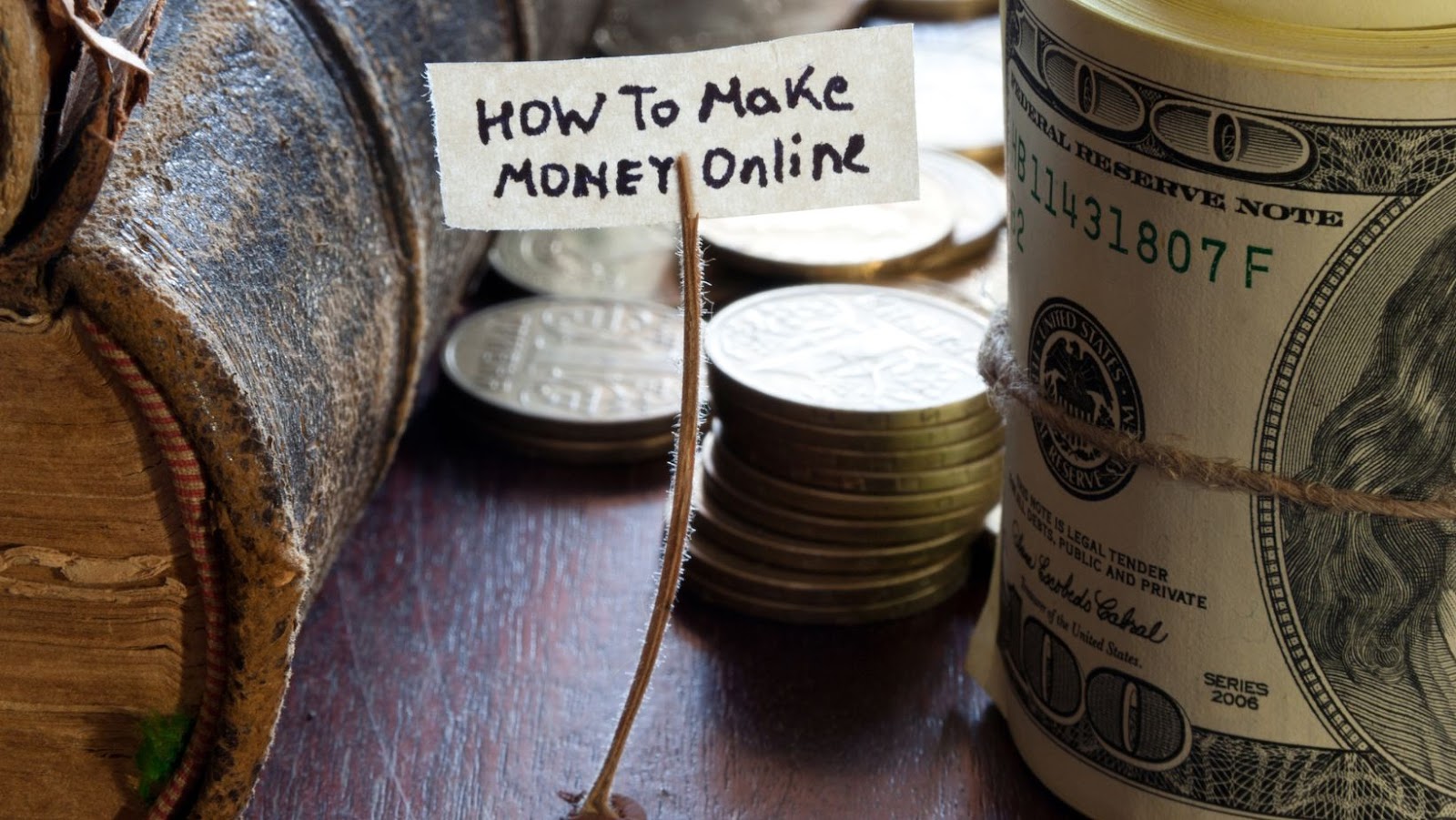Have you ever considered monetizing your content online? Patreon is a great platform that allows creators to receive financial support from their fans. In this article, I will explain how to start a Patreon account and effectively promote your content to attract patrons.
Starting a Patreon account is a straightforward process that requires you to sign up, select your creator type, and start creating your page. The first step is to choose the creator type that best suits the content you create. You can choose from different options such as writer, musician, artist, and more. Once you have chosen your creator type, you can create your page and customise it to match your brand. You will also need to set up a tier system, offer rewards to patrons, and create promotional content that appeals to your audience.
Promotion is key to attracting patrons and making money on Patreon. You should share your Patreon page across your social media channels and create content that promotes it. You can use various tactics such as offering exclusive content to your patrons, conducting Q&A sessions, and creating behind-the-scenes content. Remember to keep your patrons engaged and show them your appreciation regularly. By consistently promoting and engaging with your followers, you can successfully grow your patron base and monetize your content on Patreon.

What is Patreon And How Does it Work?
Are you an aspiring artist, musician, writer, or content creator looking for a way to fund your projects? Patreon might be the solution you’ve been searching for. So, what is Patreon, and how does it work?
Simply put, Patreon is a membership platform that enables creators to receive financial support from their fans or patrons, in exchange for exclusive content, rewards, and experiences. Creators can offer different membership tiers, with each tier providing access to different benefits and perks.
Here’s how to start a Patreon:
- Sign up: To get started, head over to Patreon.com and sign up for an account. You’ll need to provide some basic information about yourself and your project, such as your name, location, and what type of content you create.
- Create your page: Once you’ve signed up, it’s time to create your Patreon page. This is where you’ll showcase your work, explain the benefits of becoming a patron, and outline the different membership tiers you offer.
- Set your membership tiers: As we mentioned earlier, Patreon allows creators to offer different membership levels. So, decide what benefits you’ll offer at each level and set your prices accordingly. Make sure the benefits you’re offering are valuable and unique.
- Promote your page: Once your page is set up, it’s time to start promoting it. Share it on your social media channels, website, and blog. You can also leverage Patreon’s built-in audience to gain more exposure and support.
- Deliver your content: As your patrons sign up and start supporting you, it’s important to deliver the content and rewards you promised. Use Patreon’s built-in messaging system to communicate with your patrons and make sure they receive the benefits they’re entitled to.
In conclusion, Patreon is a valuable tool for creators looking to monetize their work and connect with their fans. By following these steps, you’ll be able to start your own Patreon page and start receiving financial support for your creative endeavours.

Creating Your Patreon Account And Page
Starting a Patreon is an excellent way to monetize your content creation efforts and build a community around your work. Whether you’re an artist, writer, podcaster, or other type of creator, Patreon gives you a platform to connect with your fans and earn income from your creative pursuits. In this section, I’ll walk you through the process of creating your Patreon account and page.
Step 1: Sign up for Patreon
To get started, go to the Patreon website and click on ‘Create on Patreon.’ This will take you to the sign-up page, where you’ll need to provide your email address, a password, and your full name. Once you’ve filled in this information, click on ‘Sign Up.’
Step 2: Set up Your Creator Profile
Once you’ve signed up, you’ll be taken to your creator dashboard. From here, you can set up your creator profile, which is where you’ll showcase your work and tell your story. Make sure to include high-quality images and videos that accurately represent your work and style. You can also add a bio, social media links, and other information about yourself and your creative process.
Step 3: Create Your Reward Tiers
One of the most important parts of your Patreon page is your reward tiers. These are the different levels at which fans can support you and receive exclusive content in exchange. To create your reward tiers, consider what kind of content you’re able to provide and what your fans might be interested in. You can offer anything from exclusive behind-the-scenes content to personalised rewards like custom artwork or shoutouts.
Step 4: Publish Your Page
Once you’ve set up your profile and reward tiers, it’s time to publish your page and start sharing it with your fans. Make sure to promote your page on social media and other platforms, and regularly update your content to keep your fans engaged.
Starting a Patreon can be intimidating, but with the right approach, it can be an incredibly rewarding experience. By following these steps and putting in the work to create high-quality content and engage with your fans, you can build a successful creator career and turn your passion into a full-time job.

Promoting Your Patreon Page to Gain Supporters
Now that you have your Patreon page set up, it’s time to start promoting it to gain supporters who are willing to fund your creative endeavours. Here are some effective strategies on how to start a Patreon and promote it to the right audience:
- Engage with your existing fans: Make sure to utilise your social media accounts and engage with your existing fans. Share your Patreon page link in your posts or social media bios and provide incentives for your fan’s support. Consider offering exciting rewards to your supporters to add more value to your Patreon campaign.
- Collaborate with other creators: Collaborating with other creators is an excellent way to tap into new audiences that are interested in your niche. Connect with creators who share similar interests as you, and collaborate on projects or promotional posts to encourage people to support your Patreon.
- Leverage email marketing: Email marketing is still one of the most effective methods of reaching out to people and building relationships. Consider sending an email newsletter to your existing subscribers to promote your Patreon campaign. Ensure that the email is personalised, and you provide insights into your creative process and future projects to entice subscribers to become Patrons.
- Take advantage of paid advertising: Paid advertising is an excellent way to fast-track your Patreon campaign’s growth. Consider using platforms like Google Ads or Facebook Ads to accurately target potential supporters based on their interests and demographics.
- Attend networking events: Attend networking events related to your niche to make new connections and attract new supporters. Make sure to have a few business cards that promote your Patreon page, and remember to always follow up with new connections after events.
By using these tactics, you can successfully promote your Patreon and gain more supporters over time. Though it may take some time and effort to get started, staying committed and consistent with promoting your Patreon will build a strong community around your content and creative projects.



